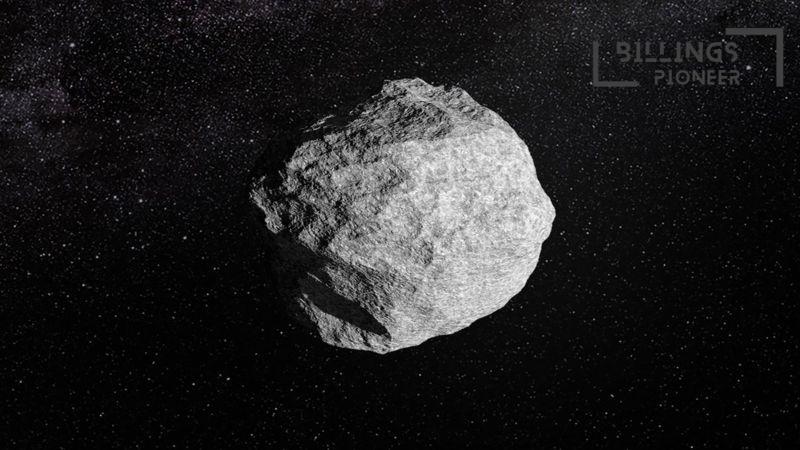In exciting yet concerning news, a newly discovered asteroid called 2024 YR4 has been spotted by scientists and is now being closely monitored by both NASA and the European Space Agency (ESA). This asteroid has a slim 1.2% chance of colliding with our planet on December 22, 2032, but experts are assuring everyone that the likelihood of it reaching Earth is quite low. Let’s explore what this means and how scientists are keeping an eye on space rocks.
What is Asteroid 2024 YR4?
This asteroid is no small matter. Measuring between 131 and 328 feet wide—equivalent to the length of a football field—it was first detected using the ATLAS telescope in Chile on December 27, 2023. While that may sound concerning, it’s important to remember that the asteroid is currently around 28 million miles away from Earth and is actually moving away from our planet.
How Are Scientists Tracking It?
NASA and ESA are not alone in this mission; they are part of a larger collaboration known as the International Asteroid Warning Network, which coordinates tracking of near-Earth objects. Astronomers utilize multiple telescopes around the world to monitor the asteroid’s trajectory, gathering more data to make sure the size and path predictions are as accurate as possible. As they gain more information, the chances of a potential impact are becoming clearer.
What Happens If It Gets Too Close?
If there were to be a potential threat from asteroid 2024 YR4, scientists are already thinking ahead about what could be done. The Space Mission Planning Advisory Group is evaluating possible strategies to prevent a collision, including what they learned from NASA’s successful DART mission. That mission demonstrated new technologies that could deflect an asteroid away from Earth if necessary.
What Should We Make of This?
So, should we be worried? The answer is: not at all! NASA officials have stated that the probability of impact is very low, and with further observations, it’s likely that we will continue to see a decrease in the risk. In fact, the asteroid is expected to pass safely, leaving most of us able to breathe a sigh of relief. Scientists emphasize that many asteroids go unnoticed, and the fact that we can see 2024 YR4 at all gives us confidence that we can track these objects effectively.
Keep an Eye on the Sky
To keep track of such asteroids, interested individuals can sign up for newsletters and updates from organizations like NASA, where they often share interesting discoveries and facts about space. As the year 2032 approaches, more data will become available, ensuring that we stay informed about this potential near-Earth encounter.
Summary of Key Facts
| Fact | Details |
|---|---|
| Asteroid Name | 2024 YR4 |
| Size | 131 to 328 feet (40 to 100 meters) wide |
| Chance of Impact | 1.2% |
| Estimated Distance | 28 million miles |
| Discovered By | ATLAS telescope, Chile |
| Current Status | Moving away from Earth |
With ongoing advancements in astronomy and tracking technologies, we are witnessing the commitment of scientists to safeguard our planet from cosmic threats. Let’s keep looking up and cheering for our remarkable space explorers!











